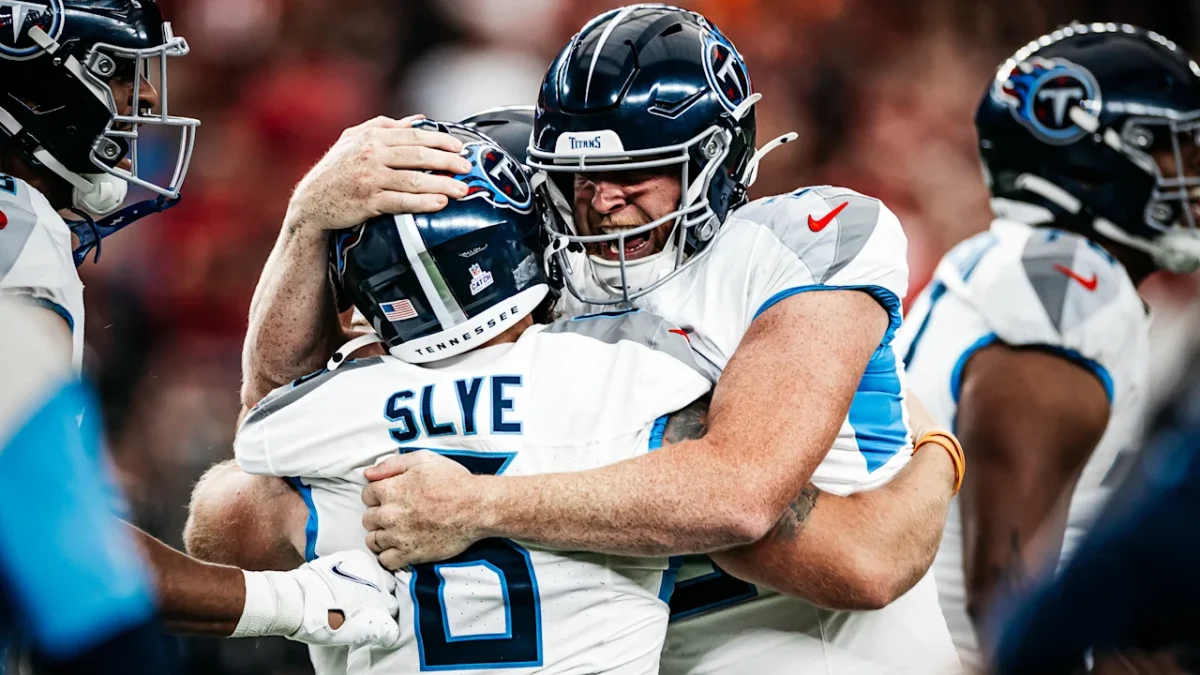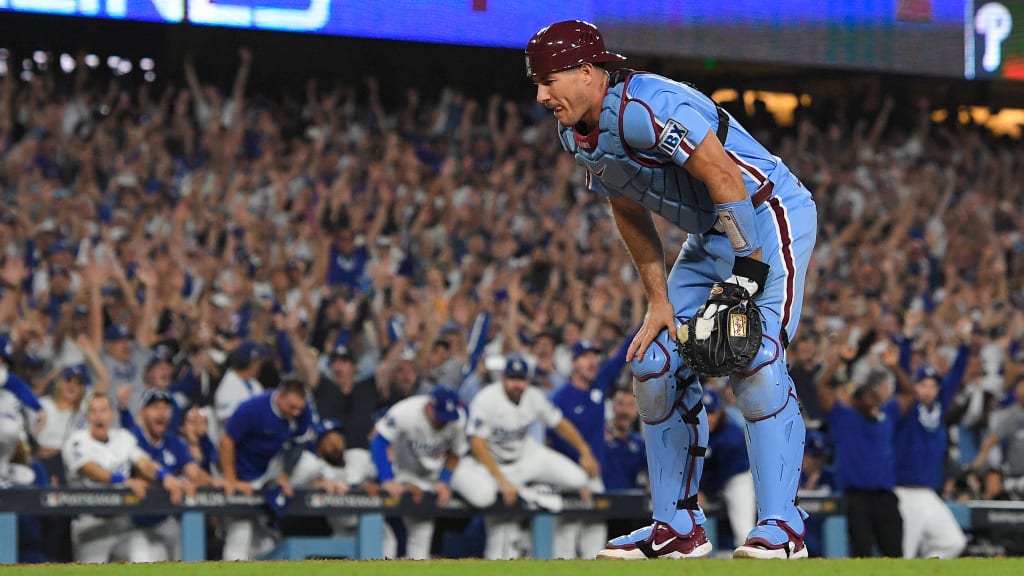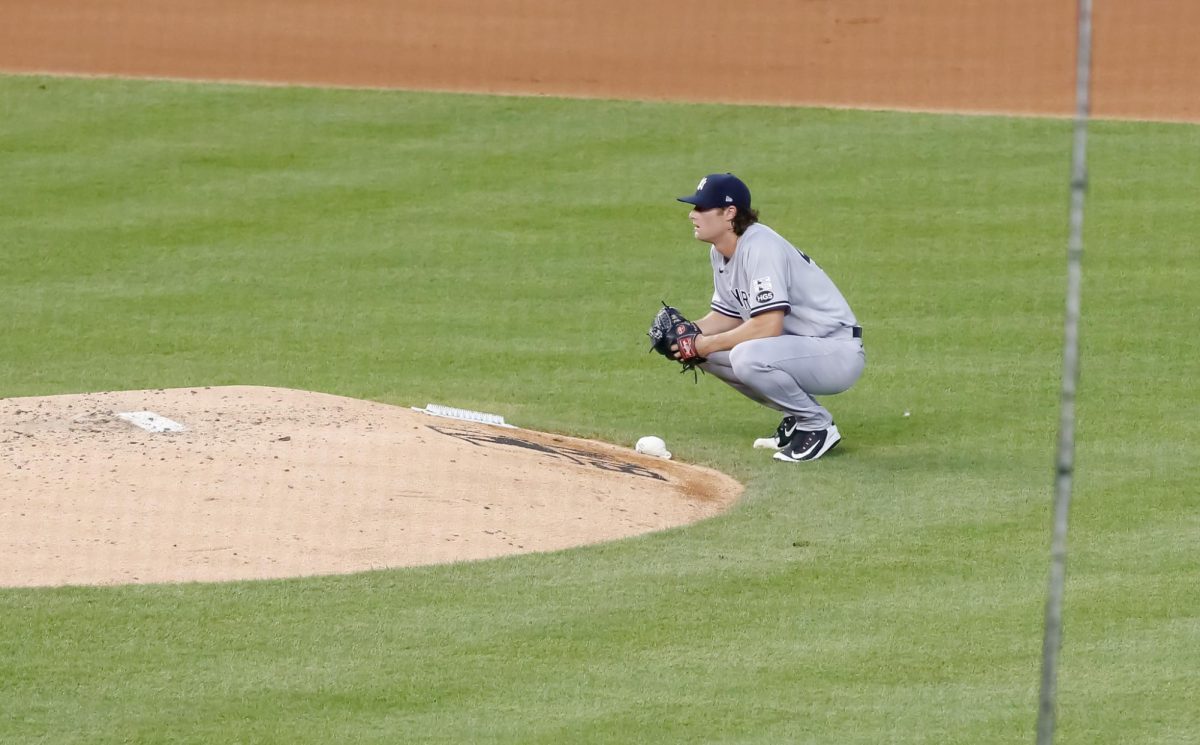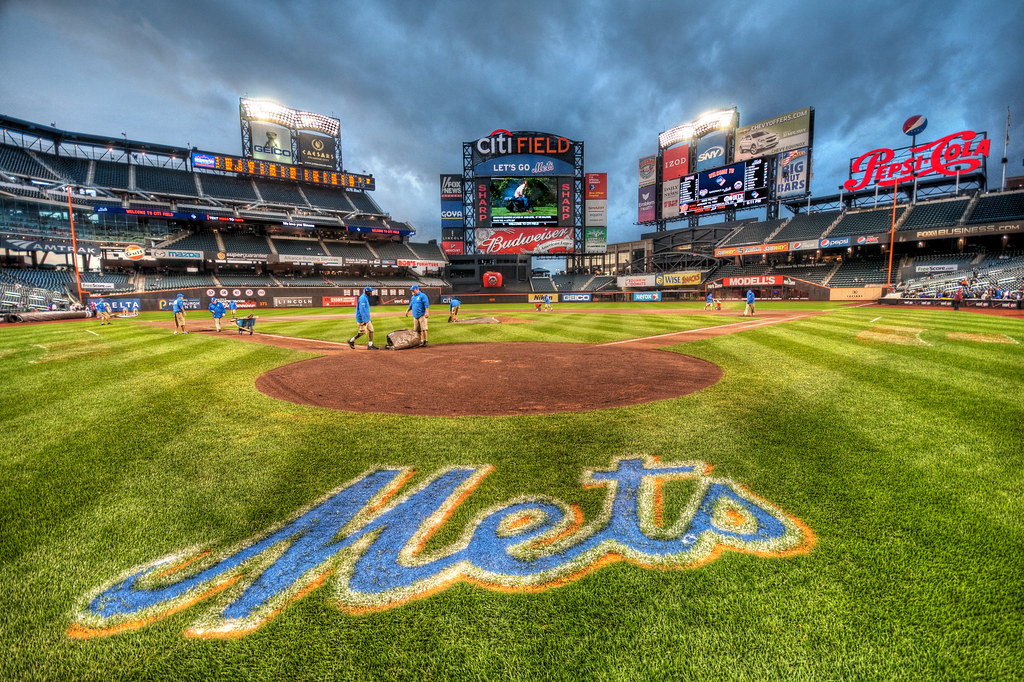We are not even two months into the 2024 MLB season, however we have already seen a staggering amount of star pitchers go down with injury. Top tier pitchers like Spencer Strider, Shane Bieber, Eury Perez, Lucas Gilito, and Wade Miley all suffered season ending injuries within a month of the season’s start. Furthermore, both of 2023’s Cy Young award winners, Blake Snell and Gerrit Cole, sustained injuries that look to see them miss multiple months of the season. More pitchers who spent time on the IL in 2024 include Josiah Grey, Nick Pivetta, Bobby Miller, Merrill Kelly, Joe Musgrove, Kodai Senga, Nathan Eovaldi, Garrett Whitlock, Dane Dunning, Framber Valdez, Bryan Bello, Yu Darvish, and the list goes on. Injuries are common in baseball, especially among pitchers. However, the rate that pitchers are getting hurt in 2024 is staggering. Pitchers are dropping like flies, leaving fans and analysts alike wondering what caused this recent spike in injuries. This piece will delve deep in an attempt to answer this question while also offering a solution to the MLB’s Injury Epidemic.

First off, what exactly is the cause of this epidemic? Two things mainly seem to contribute to this uptick in injuries. The first issue involves the pitch clock. At the start of the 2023 MLB season the league introduced the pitch clock rule. This rule states that a pitcher has between 15 and 20 seconds to throw a pitch (depending on how many runners are on base). This was introduced as a way to shorten MLB games, as it forced pitchers to shorten the time they took to wind up and throw. This rule worked, and it greatly reduced the duration of MLB games. This might have come at a cost, however, as some attribute it to the recent rise in pitcher injuries. Because of the pitch clock rules, many pitchers have been forced to rush their throwing motion and wind ups. This can increase the risk of injury as the less time they take to wind up, the greater toll the throw takes on their body. This rule change has largely been what people blame for all of the pitcher injuries. However, it is also important to note that this rule change was first seen starting with the 2023 season. If the entire 2023 season had the pitch clock, why did we not see such a drastic increase in injuries until the 2024 season? This is a valid point and is why some doubt the pitch clock excuse when discussing the epidemic. It seems that the epidemic has not been caused by the pitch clock alone, explaining why such an increase in pitching injuries was not seen in 2023.
The other thing that is believed to be the cause for the epidemic is the emerging emphasis on velocity. Coaches are placing a greater importance on pitchers throwing faster and faster. The harder a pitcher throws, the greater chance they have of getting hurt. The human arm is not built to throw 90+ mph, a fact that is largely to blame for pitchers getting injured in the first place. This is why notable flamethrowers Spencer Strider and Gerrit Cole, some of the hardest throwing pitchers in baseball, both sustained injuries in 2024. Coaches always wanted pitchers to throw fast, but as the years go on, the speed at which they throw seems to be ever increasing. Many pitchers have to throw faster in order to adjust to the fact that hitters are getting better and better. Interestingly, when asked about his thoughts on all the pitchers getting hurt, Dodgers ace Tyler Glasnow said, “prioritizing velocity is worth the injury risk, the mentality I’ve had since I was in high school was throw the ball as hard as you can all the time,” (FanSided). This perspective gives an insight on the mentality of MLB pitchers. In order to succeed in the major leagues, most pitchers have to throw as hard and as fast as they can, naturally leading to a greater risk of injury. They take this injury risk, because if they did not throw as hard or as fast, they would simply not succeed facing off against the best hitters in the world. Despite this, the conclusion still remains the same. The increased emphasis on velocity/throwing speed alongside the pitch clock seem to be what is largely to blame for the MLB’s injury epidemic.
If the MLB wants to reduce the extreme rate of injuries we are seeing in 2024 a few options seem possible. They could remove the pitch clock to give pitchers more time to throw. This may seem like a good idea on paper, however the pitch clock has shortened the game. This has helped baseball grow and made it more enjoyable to watch; they should not remove this great change. The same goes for the emphasis on velocity. A hard throwing pitcher is very fun to watch and pitchers should not be forced to throw softer in order to try to stay healthy. What the MLB and teams really should do is increase investment in their medical staff. If pitchers keep getting injured, improving the medical staff for each team seems like a no brainer. This helps reduce injuries in the future, as although it cannot completely remove the risk of injury, an elite medical staff can greatly reduce it. Baseball is a sport where injuries happen, it has always been that way. However, if the MLB wants to put an end to this injury epidemic, an epidemic that has not been seen in decades, improving their medical staff and services seems like the only option to do so.



















































Tyler Young • Oct 2, 2024 at 1:17 pm
I totally agree. I just hope Verdugo stays healthy so the Yankees can go all the way